
Health Canada recently unveiled an updated food label reading resource on it’s website, featuring clear graphics and simple 3 step process to understand food labels. Those who completed our n4nn course have gained valuable insights into interpreting food labels, empowering them to make healthier dietary choices. Using food labels can help you compare and choose products so you can make an informed choice. Below is the information on Health Canada’s new 3 step method to interpret food labels.
If you are interested in learning more about label reading, our n4nn tutorials cater to lunch and learns and professional development activities. Additionally, the n4nn online course is an invaluable resource for further exploration and understanding. If you’re interested in expanding your nutrition knowledge, please reach out to us.
Use these three steps to understand food labels
- Find the amount of food:
The amount of food listed in the nutrition facts table is called serving size. The information in the nutrition facts table is based on this amount of food.
- Use % daily value:
The % daily value (% DV) tells you if a food product has a little or a lot of a certain nutrient:
- 5% DV or less is a little
- 15% DV or more is a lot
- Read the list of ingredients:
The list of ingredients lists all of the ingredients in a food product in order of weight. This means that the food product contains:
- more of the ingredients found at the beginning of the list
- less of the ingredients at the end of the list
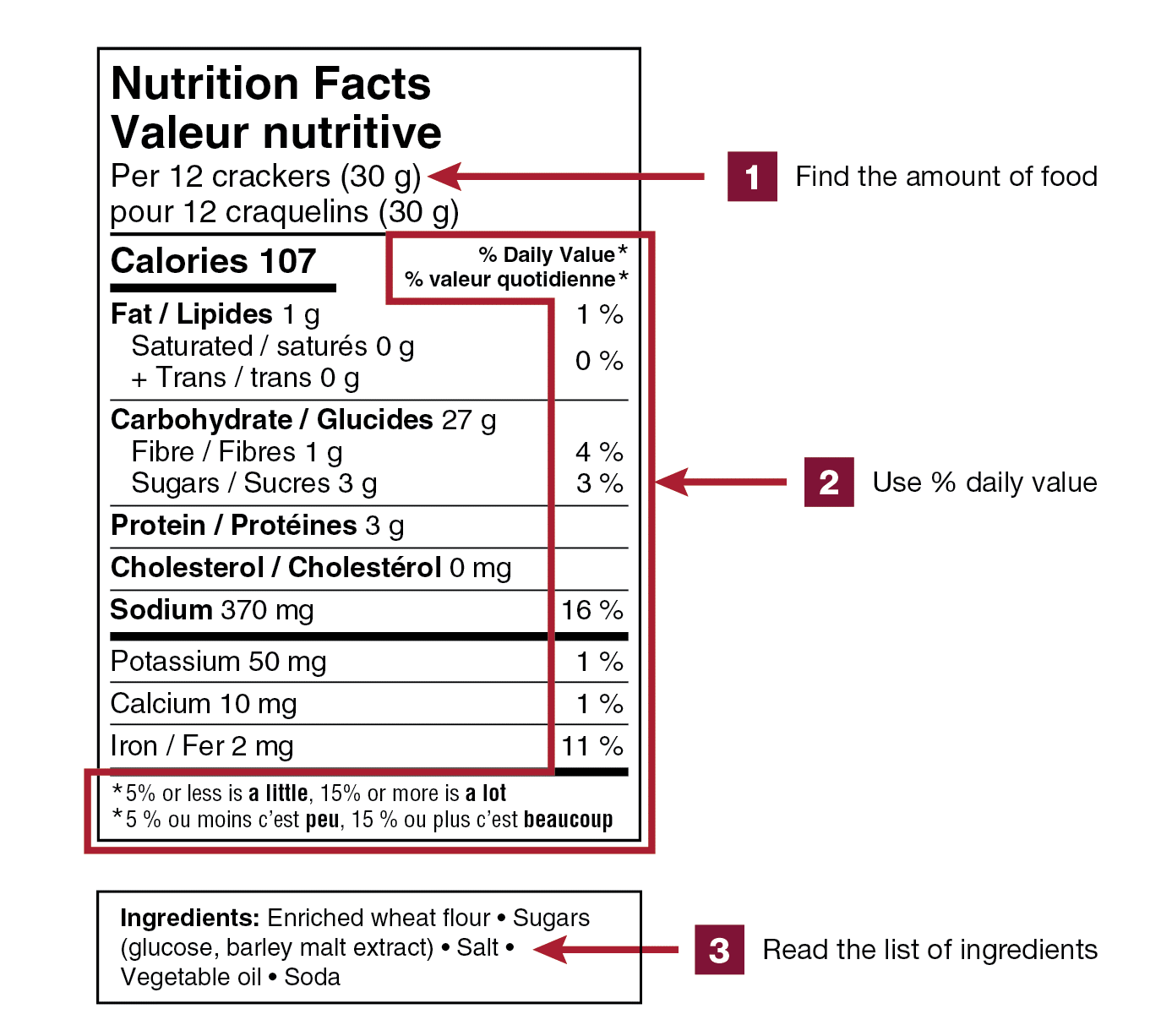
Make a healthier food choice
When making a food choice or comparing two similar food products, choose those with less:
- sugars
- sodium
- saturated fats
Some nutrients you may want more of include:
- iron
- fibre
- calcium
- potassium
Written by Lucia Weiler, BSc, RD, PHEc, Award-winning dietitian and Owner, n4nn
Source Heath Canada (2023) https://food-guide.canada.ca/en/tips-for-healthy-eating/use-food-labels-make-healthier-choices/


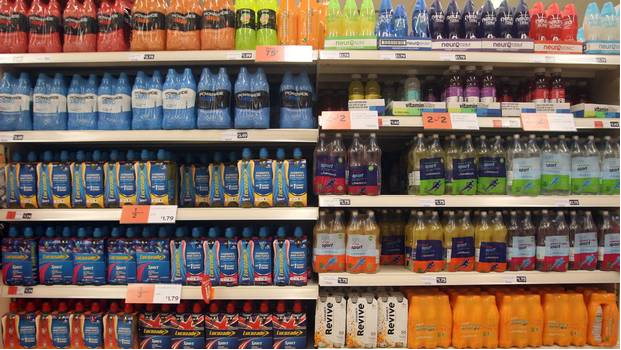
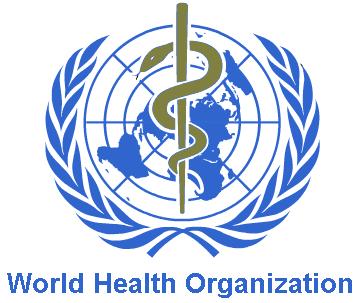



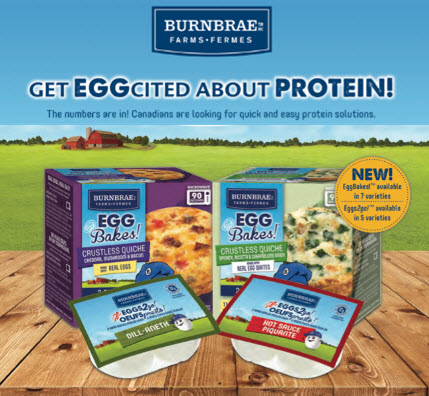
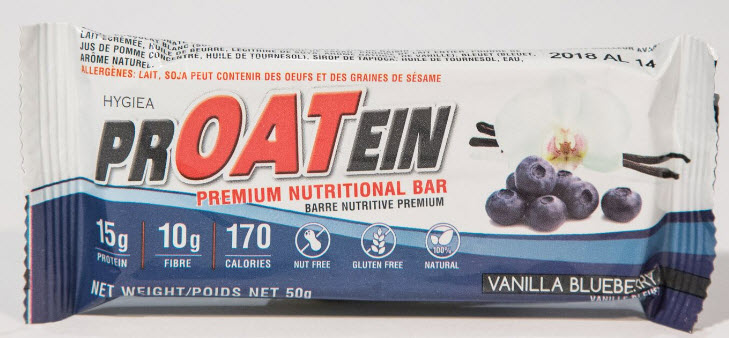
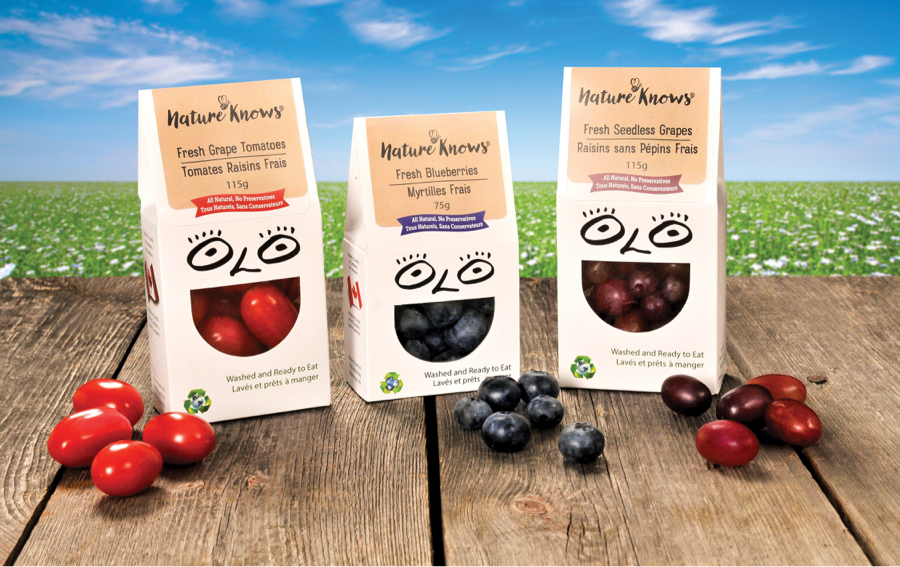

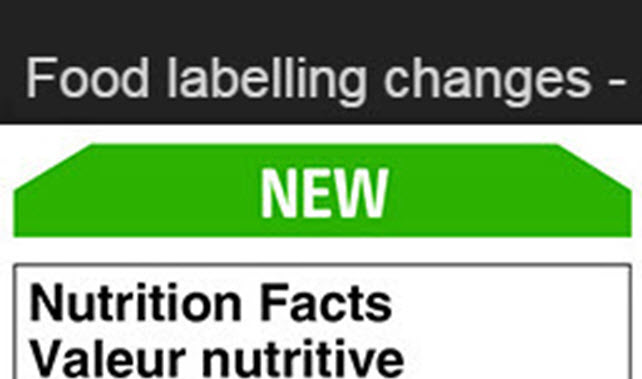


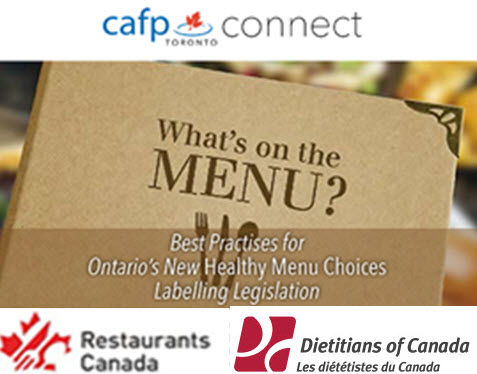


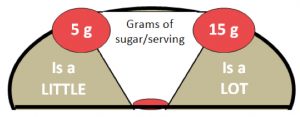
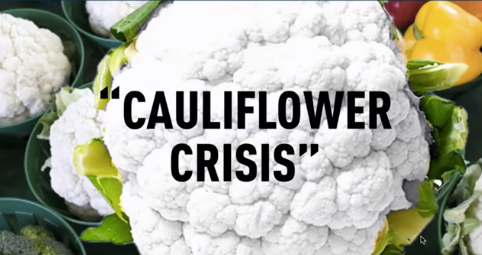
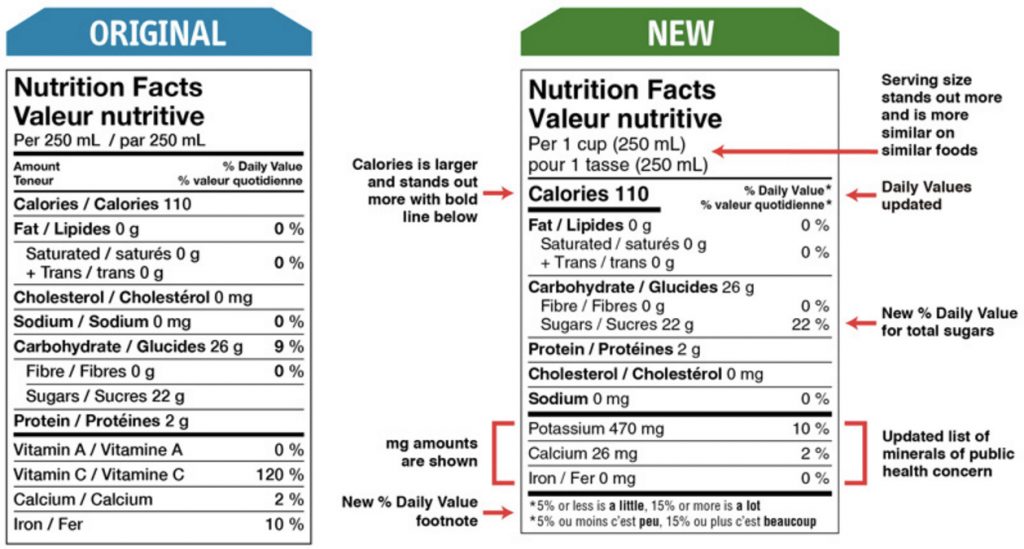
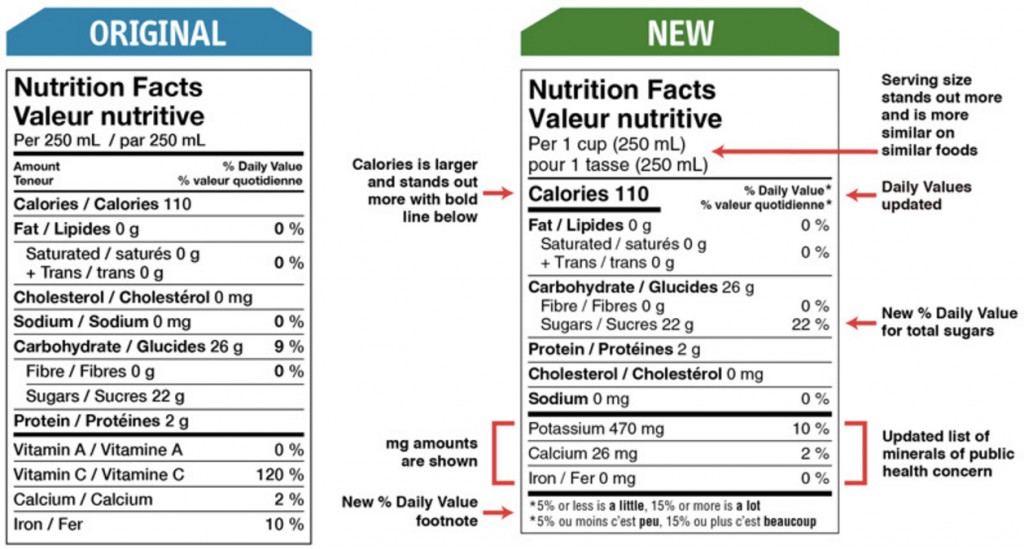
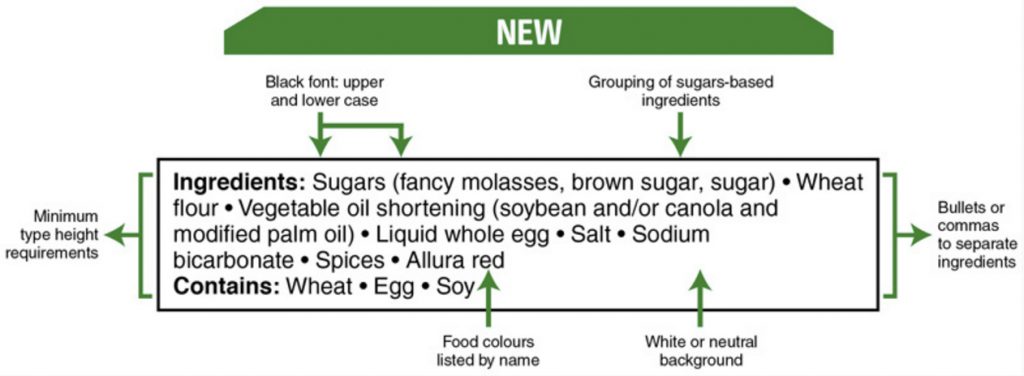

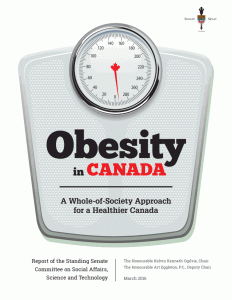
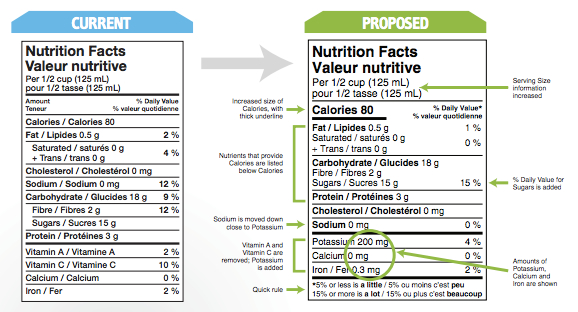

 Health Canada has recently released a Guidance Document on Satiety Health Claims on Food which is open for comments until November 12, 2012. The document outlines the criteria for the satiety claim assessment and assists in decisions for claims in labelling and advertising. The purpose of this consultation is to seek comments proposed claim criteria.
Health Canada has recently released a Guidance Document on Satiety Health Claims on Food which is open for comments until November 12, 2012. The document outlines the criteria for the satiety claim assessment and assists in decisions for claims in labelling and advertising. The purpose of this consultation is to seek comments proposed claim criteria. Health Canada has recently permitted a new health claim linking the consumption of psyllium fibre to a reduction of blood cholesterol. A sample claim is: “Psyllium fibre helps lower cholesterol, a risk factor for heart disease. 1 cup (30 g) of Brand X cereal with psyllium supplies 50% of the daily amount of fibre shown to help lower cholesterol.” The “daily amount” is 7 g of psyllium fibre. To make this claim, the food must contain at least 1.75 g of psyllium soluble fibre per serving size as well as meet other specific nutrient criteria.
Health Canada has recently permitted a new health claim linking the consumption of psyllium fibre to a reduction of blood cholesterol. A sample claim is: “Psyllium fibre helps lower cholesterol, a risk factor for heart disease. 1 cup (30 g) of Brand X cereal with psyllium supplies 50% of the daily amount of fibre shown to help lower cholesterol.” The “daily amount” is 7 g of psyllium fibre. To make this claim, the food must contain at least 1.75 g of psyllium soluble fibre per serving size as well as meet other specific nutrient criteria.